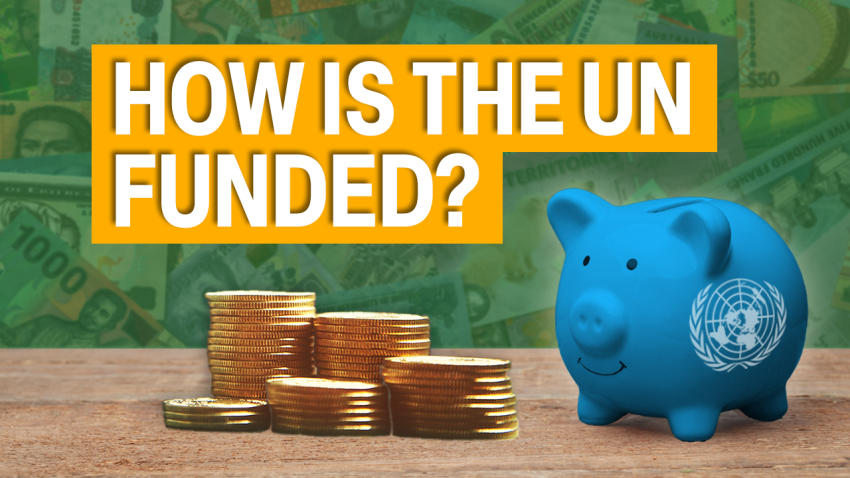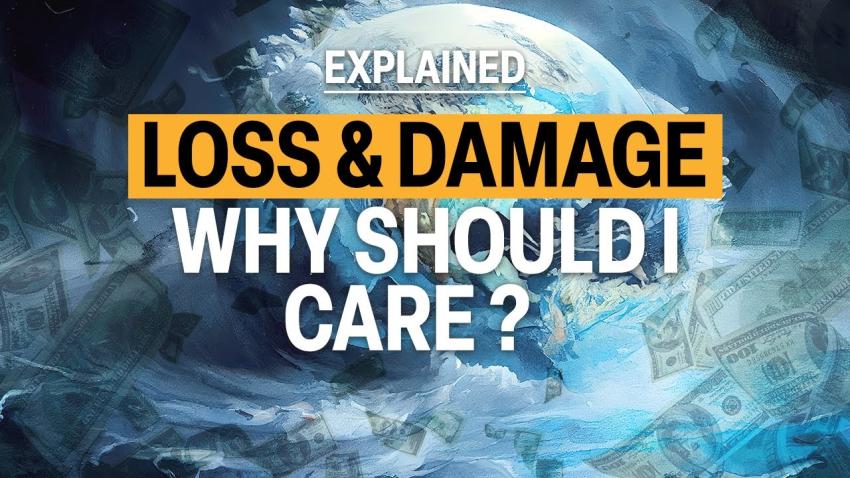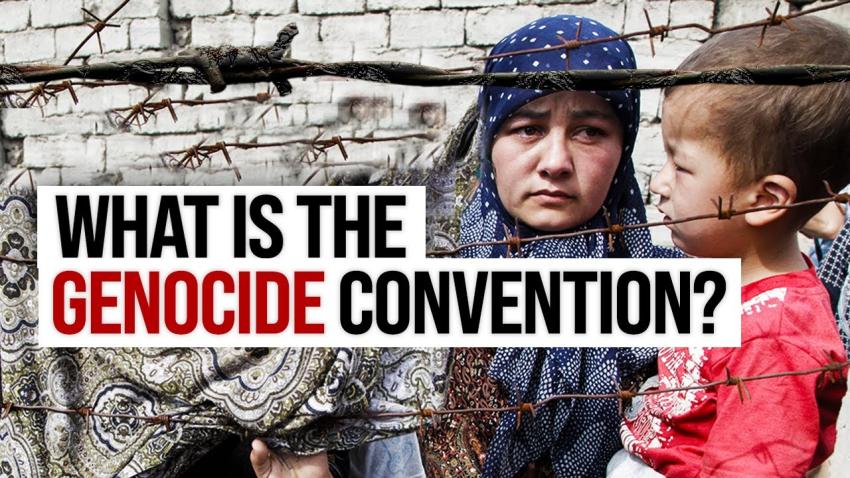Can the United Nations stop a war? Can the Security Council stop a war? UN Spokesperson Eri Kaneko answers these questions, and explains the key functions of the United Nations Security Council.
The functions and powers of the Security Council are set out in the UN Charter, the Organization's founding document. It was signed on 26 June 1945, in San Francisco, at the conclusion of the United Nations Conference on International Organizations and came into force on 24 October 1945.
The Security Council, made up of 15 members – five permanent seats belong to China, France, Russian Federation, the United Kingdom and the United States, with 10 non-permanent seats that rotate by election among other UN member countries – is the body that was granted the primary responsibility for the maintenance of international peace and security. It takes the lead in determining the existence of a threat to the peace, breach of the peace or an act of aggression.
What you might not know is that before 1965, the Security Council was composed of 11 members, six of which were non-permanent. The expansion to 15 members occurred after the amendment of Article 23(1) of the Charter through the adoption of a UN General Assembly resolution in 1991.



